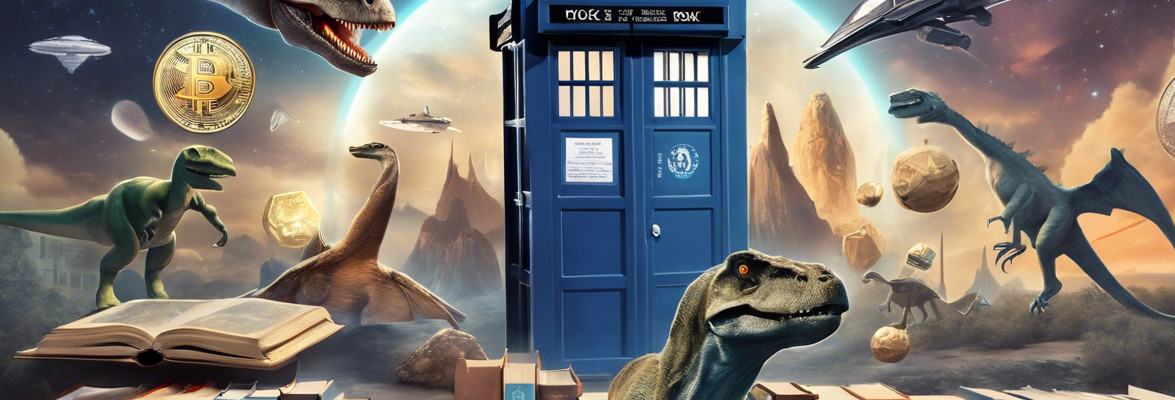
The novel “Moving Mars” by Greg Bear was published for the first time in 1993. It won the Nebula Award as the best novel of the year.
Casseia Majumdar is a young Martian who in 2171, Mars year 53, gets involved in the student revolt when the government attempts to subvert the semi-anarchist system that traditionally runs the colony on the red planet. Because of the fall of the government, Casseia and the other students get away with it even though some radical elements used explosives in an attack but there are consequences for her and Charles Franklin, a brilliant young physicist with a brilliant future.
Casseia ends up going into politics and realizes that the relationship with the Earth is even more difficult than she thought. A journey to Earth allows her to directly know some of the causes of tension between the two planets and over the years the situation gets worse. While Mars tries to reach some form of unified government, on Earth there are various factions, some of which are downright hostile.
“Moving Mars” is the third novel in the series called Quantum Logic in which Greg Bear takes up the themes and some elements of the previous two combining them and developing them in a different way. The events of “Heads” are mentioned and the artificial intelligence Jill from “Queen of Angels” is a secondary character. However, the events of “Moving Mars” start after those of the other novels and the story told is autonomous so it can be read independently.
In “Heads”, Greg Bear tells a story set on the Moon in the style of Robert A. Heinlein. The society on Mars described in “Moving Mars” is similar, semi-anarchic and based on Binding Multiples, large extended families. Politics is considered a necessary evil to be limited to a minimum.
The first part of “Moving Mars” recalls another novel by Robert A. Heinlein, “Podkayne of Mars“. In fact, it starts when Casseia is a young girl who makes a journey to Earth just like Podkayne. However, the two characters are very different because Casseia must face her own insecurities and this makes her very human while Podkayne is often a know-it-all who expresses the author’s ideas.
“Moving Mars” is only partly a coming of age novel because it covers several years of Casseia’s life. Initially, the pace is slow because it lays the groundwork for subsequent developments, also concerning the protagonist. Sometimes all her insecurities and her complicated relationship with Charles Franklin can become annoying but they’re important because everything that comes later is also the consequence of those events.
Initially, Casseia isn’t a special person but just one of the many young people involved in extraordinary events. The circumstances bring her to the center of key moments in the history of Mars so she becomes more and more important though that’s not what she wants. Charles Franklin becomes more and more important as well thanks to the scientific developments he gives a contribution to and his relationship with Casseia ends up increasing the importance of both of them.
As always in Greg Bear’s stories, science and technology is very important. In “Moving Mars” there are nanotechnology and artificial intelligence as in the previous novels in Quantum Logic series and other stories of the author but another important element is a progress in physics.
A group of Martian physicists succeeds in developing a new theory whose practical applications shift the already precarious balance between Earth and Mars. Despite the common use of mental therapies that are intended to make the people’s personalities well-integrated, the Earth’s inhabitants are more divided than ever and some factions are particularly hostile to Mars. When the Earth’s supremacy is threatened, those factions are ready to do anything to subdue the red planet’s colonists.
The various factions, on both Earth and Mars, must decide how to use their scientific and technological knowledge. They can be used to facilitate progress and thus improve people’s life but in some cases they can be used as weapons. Again, there is a choice whether to use them to strike first or defend themselves.
As if all those issues weren’t enough, Greg Bear also adds Martian life forms. The subject would be enough to be the basis of a novel, in “Moving Mars” it’s almost marginal. The Martian colonists are used to the existence of ancient fossils and they too are in some ways a source of dispute with the Earth because the settlers think that life emerged for the first time on Mars.
In “Moving Mars” perhaps there are even too many themes and not all are developed as they deserved. In general, however, I think they’re cleverly mixed and after a slow start in which the foundations of the story are laid the pace becomes faster so it becomes easier to follow the various developments until a really grand ending is reached.
“Moving Mars” is written almost entirely in the form of Casseia Majumdar’s memories, thus narrated in the first person from her point of view so the protagonist is inevitably the most developed character. Some people close to Casseia are also well developed but they’re the exceptions among the many that appear in the novel.
“Moving Mars” is a very complex novel and therefore not easy to read, especially its beginning. Nevertheless, I think it’s amazing and it’s definitely worth making the effort to read it. Especially if you like hard science fiction this is a must-have!


Permalink
That book cover is from Shards of Honor by Lois Bujold.
http://www.google.com/imgres?imgurl=http://fablecroft.com.au/wp-content/uploads/2011/06/143323193X.01._SCLZZZZZZZ_.jpg&imgrefurl=http://fablecroft.com.au/tag/lois-mcmaster-bujold/page/2&h=500&w=345&sz=40&tbnid=IJDX6KgfFJdK8M:&tbnh=90&tbnw=62&zoom=1&usg=__9DxaDwuFiG4IKEFpHUv63L8VWZQ=&docid=jCoKffJbBZlwlM&sa=X&ei=yVeaUbfeG-euyQH5kIGIBQ&ved=0CKUBEPUBMA0&dur=3208
Permalink
Funny that in Italy the cover was used for another novel! 😀